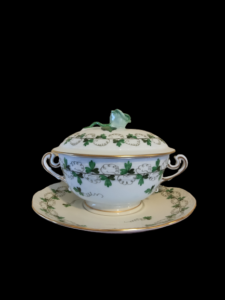

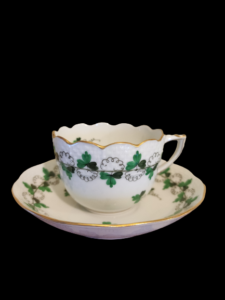
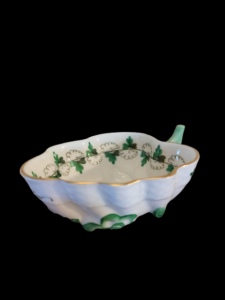
(1923 – 2003)
Vase Hollóháza
Original size: w90 mm x h200 mm x l90 mm x weigth: 330 g
Technic: Porcelain
Marking at the bottom of the vase: Hollóháza Hungary 1831 1.
Vase Type2 #1/1
Original size: w95 mm x h145 mm x l95 mm x weigth: 360 g
Technic: Hand painted Fine Porcelain
Marking at the bottom of the holder: Herend Hungary Handpainted 7021/PE, 61
Vase Type1 #1/1
Original size: w70 mm x h130 mm x l70 mm x weigth: 110 g
Technic: Hand painted Fine Porcelain
Marking at the bottom of the Vase: Herend Hungary Handpainted 643/PE, 152
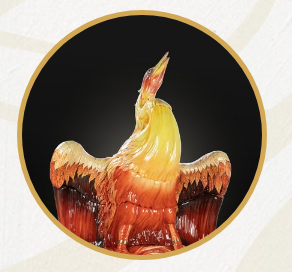
Since its foundation in 1826, the Herend Porcelain Manufactory has been faithful to its tradition of producing handcrafted masterpieces. Porcelain used to be called “white gold”, a privilege to own, a prestige, a coveted object, a value. From the raw porcelain mass, through the skilled craftsmen who disc and cast it, to the value-creating fires of the kiln and the finishing touches on the painting brush, the work is still done by hand in Herend. Honouring the value-creating work of the great forerunners, preserving their spirit and never leaving the path they set, this is how the values that are known and recognised on every inhabited continent of the world are created. Herend Porcelain is born: a Hungarian product, part of the Hungarian Heritage.
The Herend Porcelain Manufactory is based on three pillars: the principle of operating as a profitable company, the principle of social responsibility and the principle of solidarity. The Herend Brand is a symbol of luxury, elegance, indulgence, constant renewal, high quality, uniqueness and handcrafted craftsmanship. To have Herend porcelain in our homes is a value and a privilege. Herend is the heritage of the future, timeless beauty, eternal value!
Herend Porcelain’s success story is marked by the awards it has won at world exhibitions in London in 1851 and 1862, Paris in 1867, Vienna in 1873, Brussels in 1935 and Paris again in 1937.
And the list is so long that for more information please visit the official website: herend.com
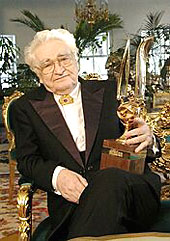
Born in Csíkszereda, his father was Béla Szász, a doctor, his mother Erzsébet Susenka. He graduated from high school in Târgu Mures, then continued his studies at the Budapest Academy of Fine Arts in 1946. He graduated in 1949 in the class of István Szőnyi.
In the 1950s he spent a year in prison on trumped-up charges. After his release he made book illustrations, illustrating 600 books between 1951 and 1960.
In 1964, his illustrations for Omar Khayyam’s Rubáiyát were selected as one of the thirty most beautiful books in the world in an international competition organised by the British Museum. In 1968, he was the visual designer for the major Hungarian historical film The Stars of Eger.
With a painting style that drew on the techniques of the classical masters and combined them with surrealist elements, he became a widely celebrated painter. From 1970, as a Hungarian citizen, he lived in Toronto and then in the USA. Returning home in 1980, he applied his talent to a new genre, porcelain, an untapped field for him, which brought him a change of perception. At the porcelain manufactory in Hollohaus, he recorded several important porcelain motifs. His imaginative, surrealistic figures in opalescent grey were combined with the line play of oriental ornamentation.
In addition to his home country, he has had exhibitions almost all over the world, from Europe (Berlin, Vienna, Paris) to North and South America (Toronto, New York, Mexico City), the Middle East and Japan. In 1963 he participated in the Venice Biennale.
1965 – Munkácsy Mihály Prize
1992 – Honorary Cross of the Hungarian Order of Merit; Leipzig Gold Medal
2003 – Hungarian Order of Merit of the Republic of Hungary, civilian category (he was unable to receive it due to his death two days earlier).
Currently, his works can be found in many renowned and famous galleries e.g. Kieselbach https://www.kieselbach.hu/muvesz/szasz-endre_1045